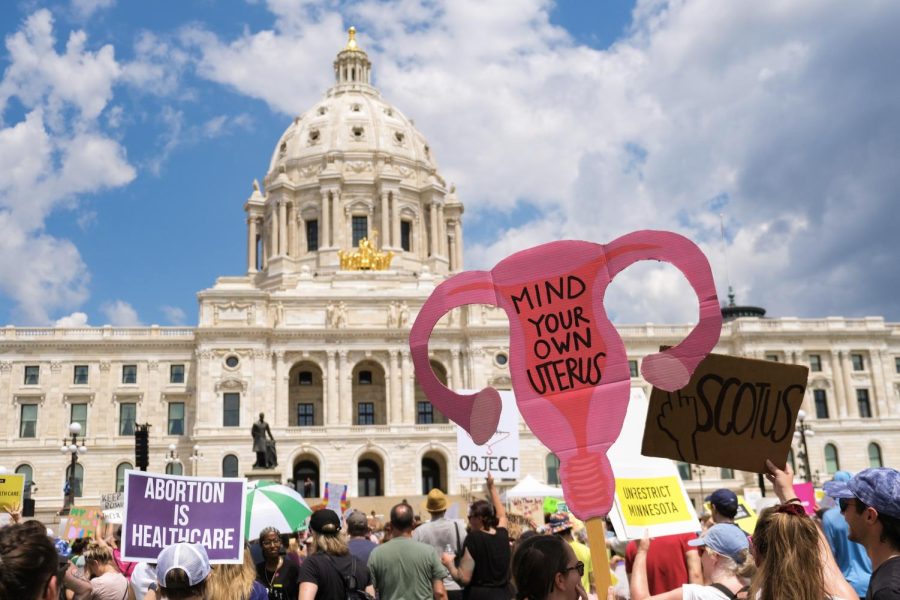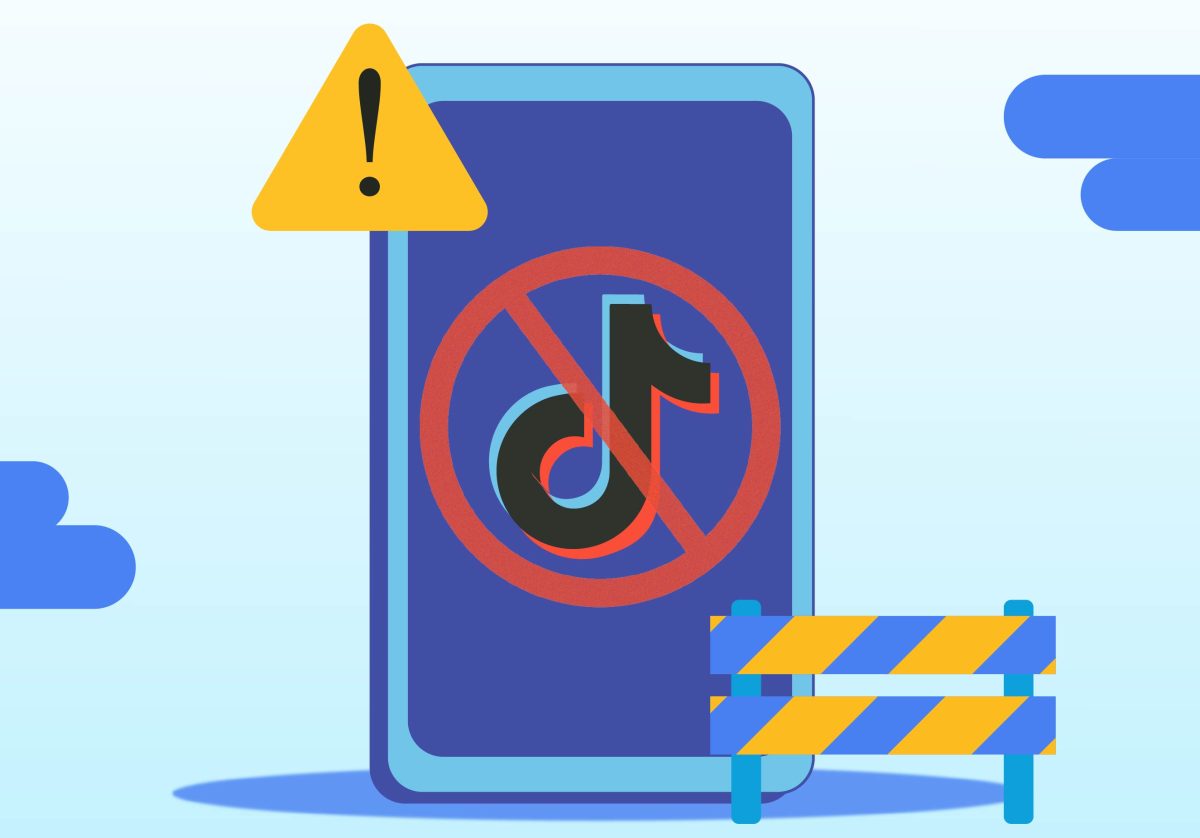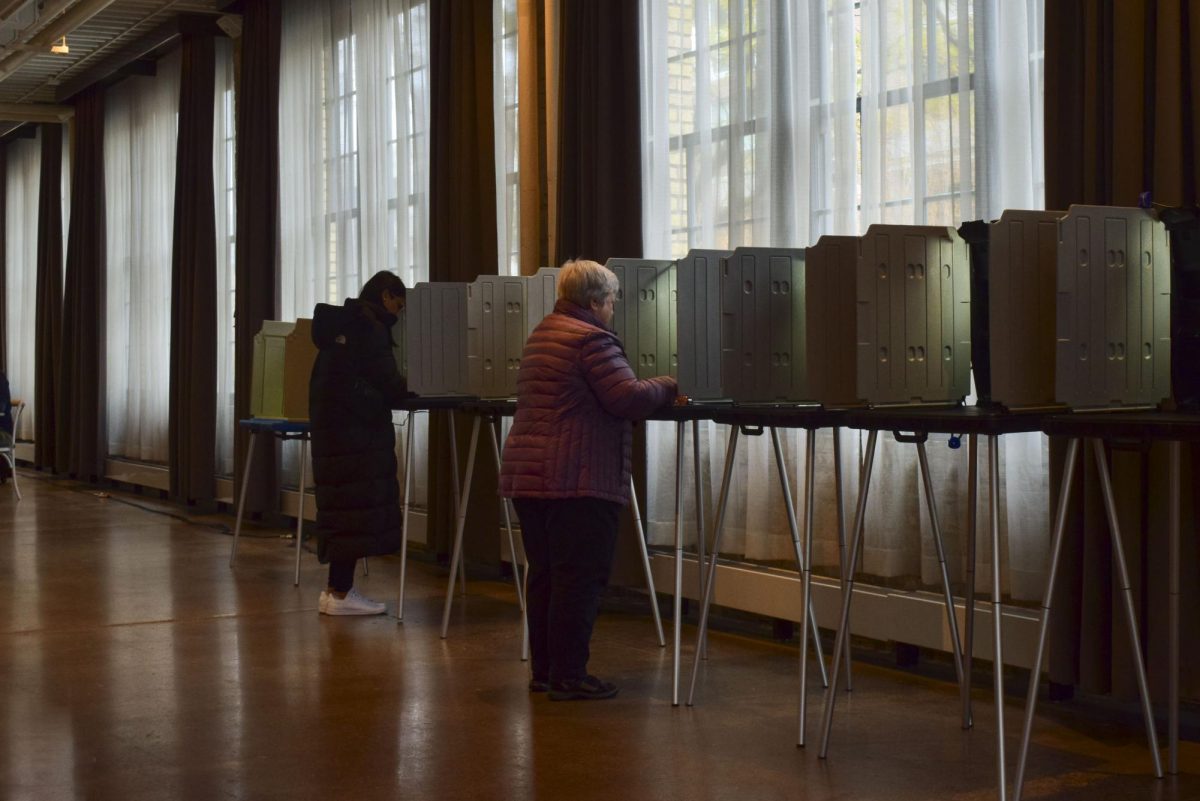Over the weekend, the University of Minnesota Law School brought more than 100 prospective students to the schoolâÄôs largest Campus Preview event ever.
But the preview comes at a time when the number of students applying to law school has dipped by nearly 11 percent nationwide, with high tuition costs and uncertain job prospects deterring many would-be applicants.
At the University, Law School applications are down about 8 percent from this point last year, Director of Admissions Nick Wallace said.
The decline follows four years of record-breaking growth. Although the Law School wants a large pool of candidates, Wallace said the applications the school has been receiving are more focused.
âÄúThe students who are applying really want to be here,âÄù he said.
University senior Dustin Fish has been âÄúentertainingâÄù the possibility of law school. But the economics major canâÄôt convince himself to apply âÄìâÄì âÄúthe cost-benefit analysis didnâÄôt work out,âÄù he said.
âÄúThe rates of getting hired [after graduation] are so dismal,âÄù he said. âÄúCash is a little tight right now, too.âÄù
First-year law student Jay Creagh worked several jobs in the six years between graduating from the University of Wisconsin-Madison and entering the University of Minnesota Law School.
Going to law school was something he thought about âÄúthe whole timeâÄù he was working for a nonprofit, but he knew it was an important decision for him and his family.
Creagh created charts to compare his potential earnings in different fields, and although he knows the job market for law students is difficult upon graduation, he thinks he can beat the odds.
âÄúIâÄôve got some friends who are graduating that are in a tough spot. EverybodyâÄôs hoping the economy improves,âÄù he said. âÄúI found my long-term earning potential was higher, so I took a leap.âÄù
Better data, better decisions
Creagh said the Law SchoolâÄôs admissions department was honest with him about the difficulty graduates were having getting jobs and emphasized that going to law school was an important economic decision.
But he didnâÄôt use the UniversityâÄôs employment statistics when making his decision. Instead, he did his own research using state economic data and median salaries at specific firms where heâÄôs interested in working.
Getting better data into the hands of prospective students is a growing issue in the legal education world, and the American Bar Association discussed proposals at a national meeting last weekend that would require schools to disclose more information about where graduates are getting jobs.
Kyle McEntee, executive director of the nonprofit Law School Transparency, said schools are only required to report the percentage of students employed nine months after graduation.
The UniversityâÄôs most recent employment numbers show 98.7 percent of law graduates found jobs, but that includes graduates with part-time or temporary work and includes both the legal and non-legal fields.
McEntee said this doesnâÄôt give students the whole picture about their employment prospects.
âÄúAny job counts,âÄù he said about the statistic. âÄúIt could be someone working at a fast food restaurant or it could be someone working as a lawyer.âÄù
According to a Minnesota Daily survey published in Decemeber, just less than half of 61 spring 2010 University Law School graduates were employed in their fields.
The lack of comprehensive data makes it tougher for students to distinguish between schools and find one that can help them land the career they want, McEntee said.
The proposals being considered by the ABA, which accredits law schools, would require schools to disclose more detailed information about employment, including the size of firms or level of government at which graduates find jobs.
Much of this information, including salary distributions and more specific job placement data, is already provided by the school, Wallace said.
âÄúAs with any profession, the salaries fluctuate wildly. A lot of students can be initially drawn in by the salaries of an attorney working at a large law firm,âÄù he said. âÄúWe want to make sure they have as much information as possible before they make their decision.âÄù
Law school applications drop nationwide
The number of applications to the University of Minnesota Law School is down 8 percent.
by Conor Shine
Published April 4, 2011
0
More to Discover







